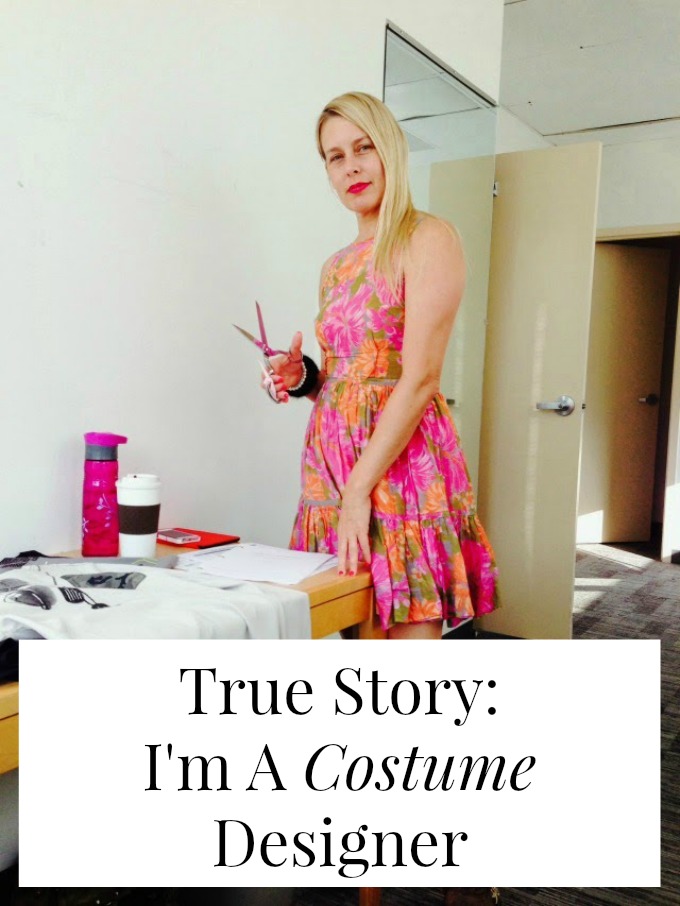
Tell us a bit about yourself!
Hi! I’m Alison, I am originally from Texas but moved to Los Angeles about 15 years ago on a whim. For fun, I hang out with my dogs, read every word I can about Marie Antoinette, and go to as many rock shows as humanly possible.
I don’t remember this, but my mom says I argued with her about what I wanted to wear from a very young age! I DO remember being grounded repeatedly for chopping up all my good clothes while I was in high school. Little did my parents realize that I was just busy prepping for my future career.
I do a lot of sketch comedy, kid’s shows, commercials, and music videos. One of my favorite projects ever was Nickelodeon’s True Jackson, VP. The lead character, played by Keke Palmer, was a 15 year-old fashion designer. I designed everything her character, True, ‘designed’ in the show myself—including this adorable dress for an episode where True sneaks backstage at NYFW and winds up walking the runway.
Original design by Alison Freer. Illustration by Karen Yan courtesy of Nickelodeon
I’m currently working on a cool project for Amazon Studios called ‘Gortimer Gibbon’s Life on Normal Street’. It’s the sweetest story of three best friends who live on an ordinary street where magical things always seem to happen.
Courtesy of Amazon Studios
Tell us about an average day on the job.
7:59 am: Sail into fitting with one minute to spare, chugging coffee I brought from home.
10:00pm: Heading down the 101 Freeway towards home, ready to jump up and be back at it in just 10 short hours.
How do costumes help with character development?
The right costume makes itself invisible—meaning that you don’t even notice an actor is ‘wearing’ it, you just believe those are the garments a character actually owns. But it’s always an amazing, transformative moment in a fitting when the actor really becomes their character because you found them the right clothes. To see someone go from standing around awkwardly in their underwear to strutting around the room, speaking in their character’s voice is a joy I’ll never tire of.
What sort of schooling and training does one go through to become a costume designer?
Some people go to school for it (NYU and Yale have excellent costume design programs), but I decided to make it up as I went along. My great-grandmother was a seamstress for the Ringling Brothers circus in Sarasota, Florida, so she taught me everything she knew about fabric and garment construction.
But for the most part, I am completely self-taught—with the bookshelf to prove it! Once I decided to become a costume designer, I read every single book about fashion I could get my hands on in order to teach myself and fill in the blanks.
Anyone interested in learning about the nuts and bolts of being a costume designer should grab a copy of ‘Costuming for Film: The Art and the Craft’, by Holly Cole and Kristin Burke. It’s really the definitive book on the subject, and it taught me a TON when I was starting out.
Tell us about your very first costuming gig!
My first costume design gig was actually on a Mini Cooper commercial that never saw the light of day, and I truly had no business getting the job. I met the director through my neighbor, who was also a commercial director. For some reason, this fool took a chance on hiring me. I pulled the clothes for the shoot straight from my own closet and used paper clips instead of safety pins to alter garments on the fly. Looking back, I can’t believe I didn’t get busted for having zero clue what I was doing!
Were you able to do this work as a primary source of income right away?
I definitely did not make enough money to support myself as a costume designer immediately. Even after I had collected a handful of my own design credits, I still regularly worked for other costume designers as their production assistant or ‘gofer’. I thought it was beneath me at the time, but as it turns out, what I learned from them was invaluable—and I use that knowledge to this day.
What have been your most exciting or challenging jobs?
I’d say that driving all over town on the whims of a drug-addicted music video director who didn’t actually have permits to shoot anywhere and who showed up to set 10 hours late for a 7am call time is a hard one to beat. But I managed to hold on for the ride—and the result was a pretty famous video. Every time I see it, I can’t decide whether to laugh or cry.
Where do you source the clothes you use?
I shop for and purchase every single thing I use on my actors. Product placement doesn’t work on kid’s shows, as there are FCC rules about logos being considered “advertising to children” within the confines of programming. TV also can’t really function with free loaner items, as reshoots crop up all the time, so we need to hold onto and own the items that get put on camera.
And oh yes—every single store clerk from Hollywood to the Valley knows my face. It’s hard to hide when you march into a store grabbing armfuls of clothes, not even bothering to glance at price tags!
How much work goes into each outfit we see on screen?
It varies so much—sometimes, the actor literally walks into an off-the-rack outfit like it was made for them. (This usually happens on the second season on a show, when I know the actor’s body and style like the back of my hand.) But I’ve also custom-made a entire bear costume that took the same amount of time from start to finish as it did to find one ‘perfect’ red dress for an ultra-picky actress. This adage is always true: Whenever you read a script and think “Oh, that will be a snap!”, it never is.
What happens to the clothes after they’re used on screen?
Depending on the network, we either have a giant costume sale at the end of each season, the clothes go into storage for another show to pick through, or everything gets sold to a fabulous store in LA called ‘It’s a Wrap!’ where civilians can buy clothes that were used on TV shows at a deep discount. (I got my favorite pair of cowboy boots there!)
How has your work affected the way you dress and shop?
I can tell at a glance if something will fit me, so I never spend any time in fitting rooms anymore. And I absolutely never buy a dress unless it has pockets! I need to have somewhere to stash my cell phone and walkie-talkie, as I need to be accessible to everyone at all times. Also, I stand on my feet 12-14 hours per day, hopping in and out of wardrobe trailers—so my sneaker collection has become pretty hard to beat. If you ever see a photo of a costume designer or stylist
Also, I stand on my feet 12-14 hours per day, hopping in and out of wardrobe trailers—so my sneaker collection has become pretty hard to beat. If you ever see a photo of a costume designer or stylist posing by a wardrobe trailer in heels, you can be pretty sure no actual work got done that day.
What are three things your work has taught you that any of us can use to dress better?
1) If a garment doesn’t fit you perfectly right off the rack, you are not alone—I do at least one minor alteration on almost every single piece of clothing I put on camera. Find a tailor you like and trust, and factor the cost of it into your clothing budget.
2) You should always dress for the job you want. People are constantly asking me what they should wear for a job interview—and my advice is always the same: clock what the people at the workplace in question are wearing, then dress one step better.
3) Most ‘rules’ in fashion that you may have grown up living by are totally outdated, boring, and pointless. (Don’t wear white after Labor Day, don’t wear black with navy, don’t mix patterns, and on and on and on.) These days, who really cares? I think the best kind of fashion is when you look at something and can’t quite decide if it’s amazing or awful. That’s when you know you’re on to something.
Thanks so much for sharing, Alison! Do you have have any questions for her? Be sure to check out Alison’s book How to Get Dressed: A Costume Designer’s Secrets for Making Your Clothes Look, Fit, and Feel Amazing.
P.S. A couple other True Stories you might like: I’m a professional ballerina & I was a surrogate.

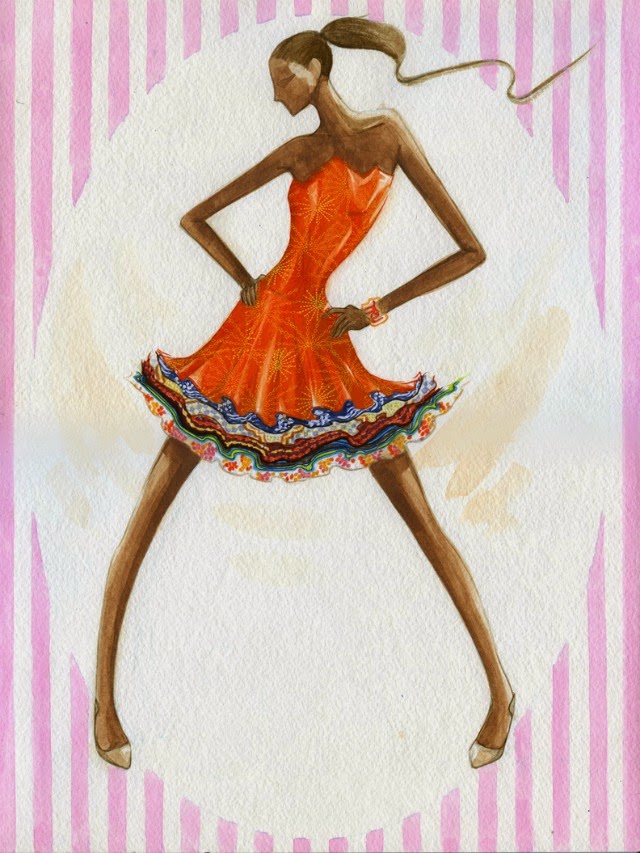
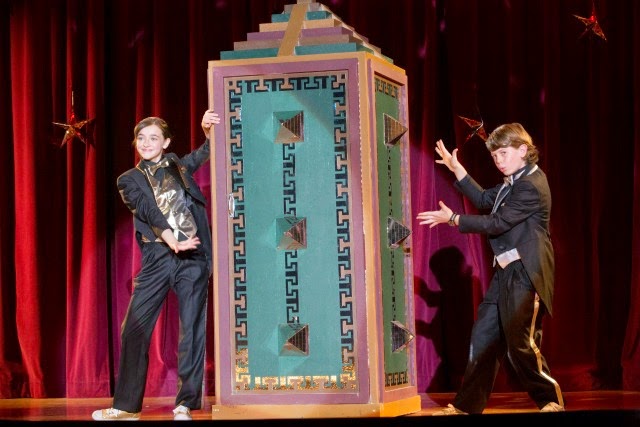
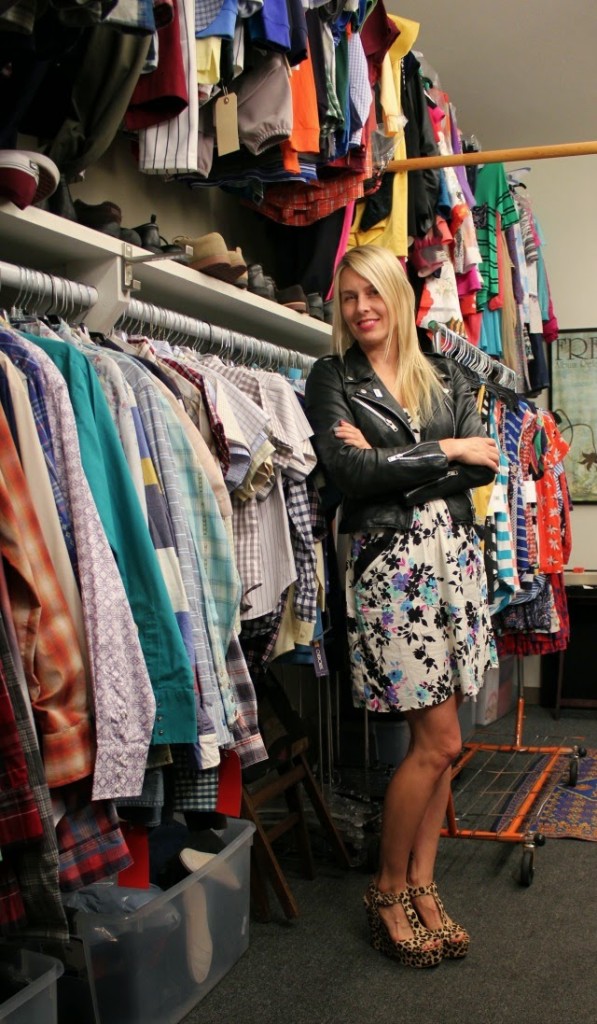
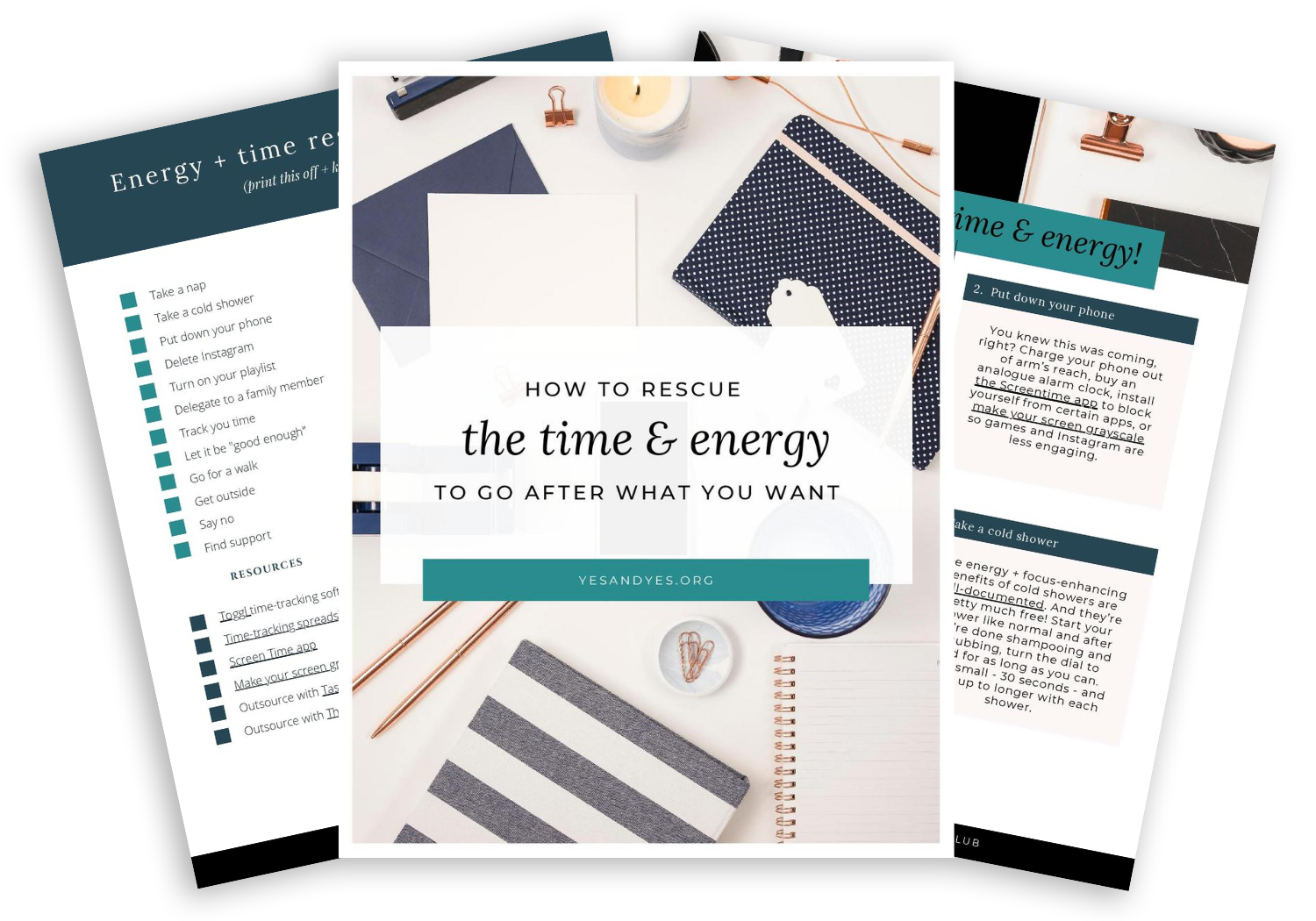
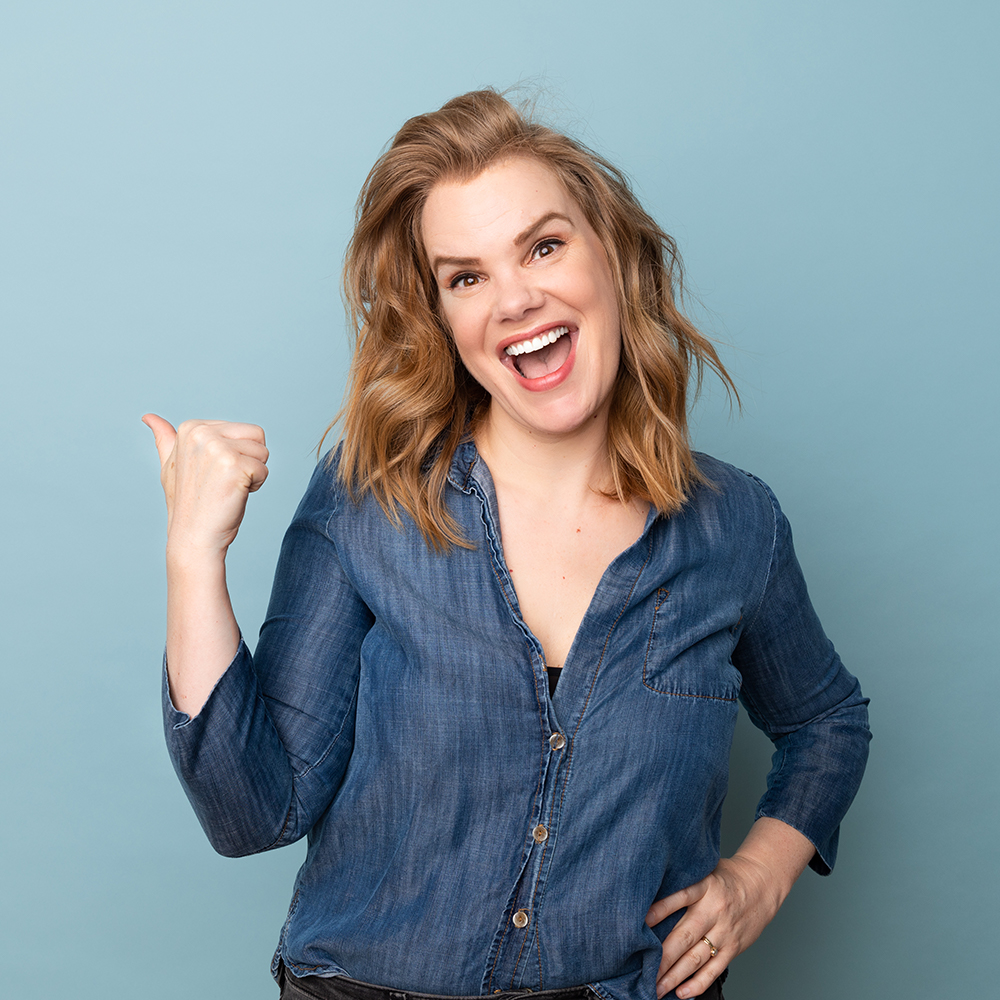
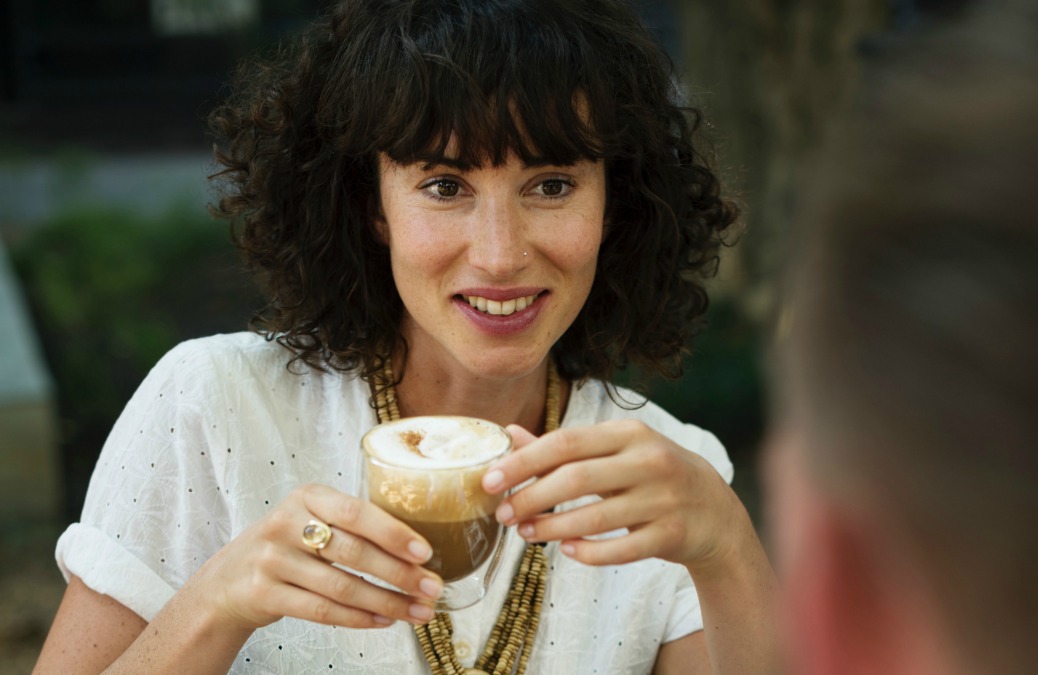
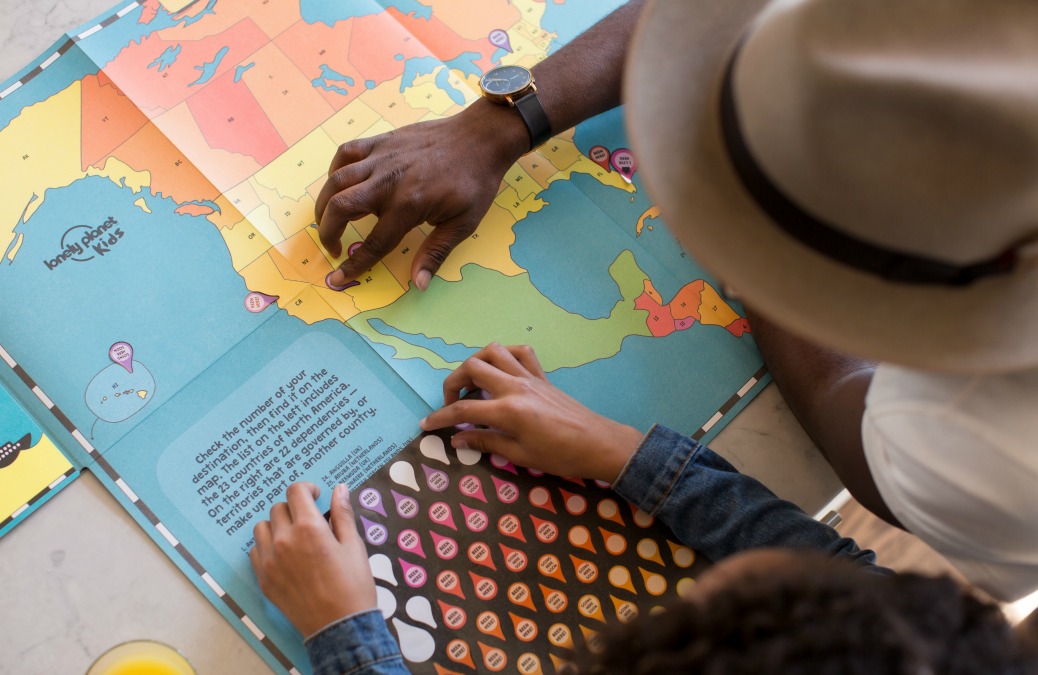
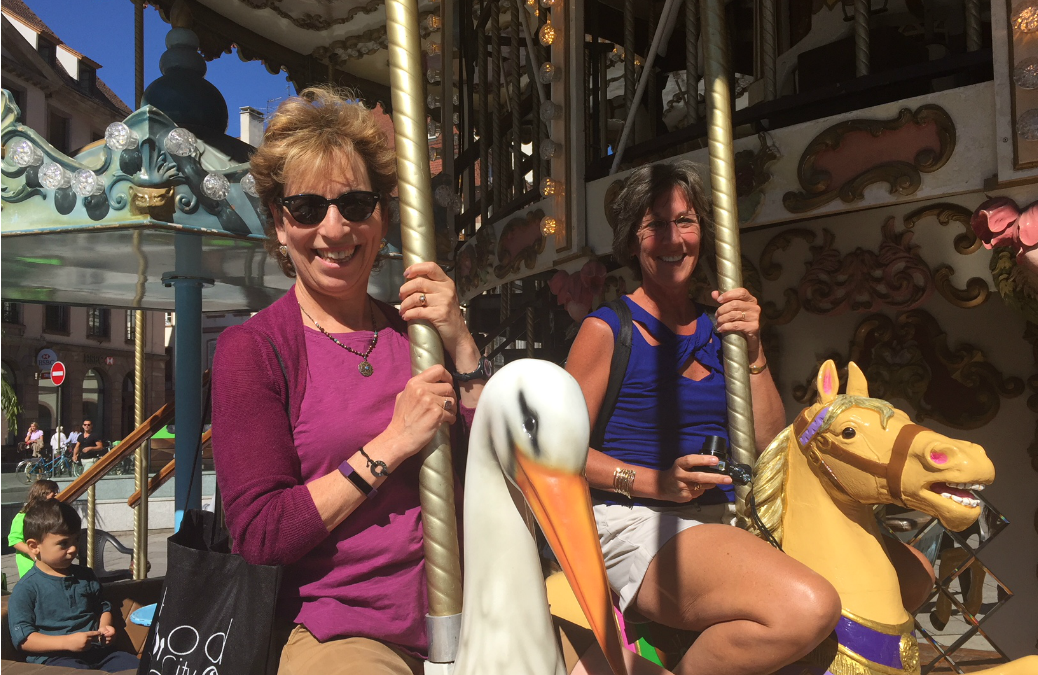







0 Comments